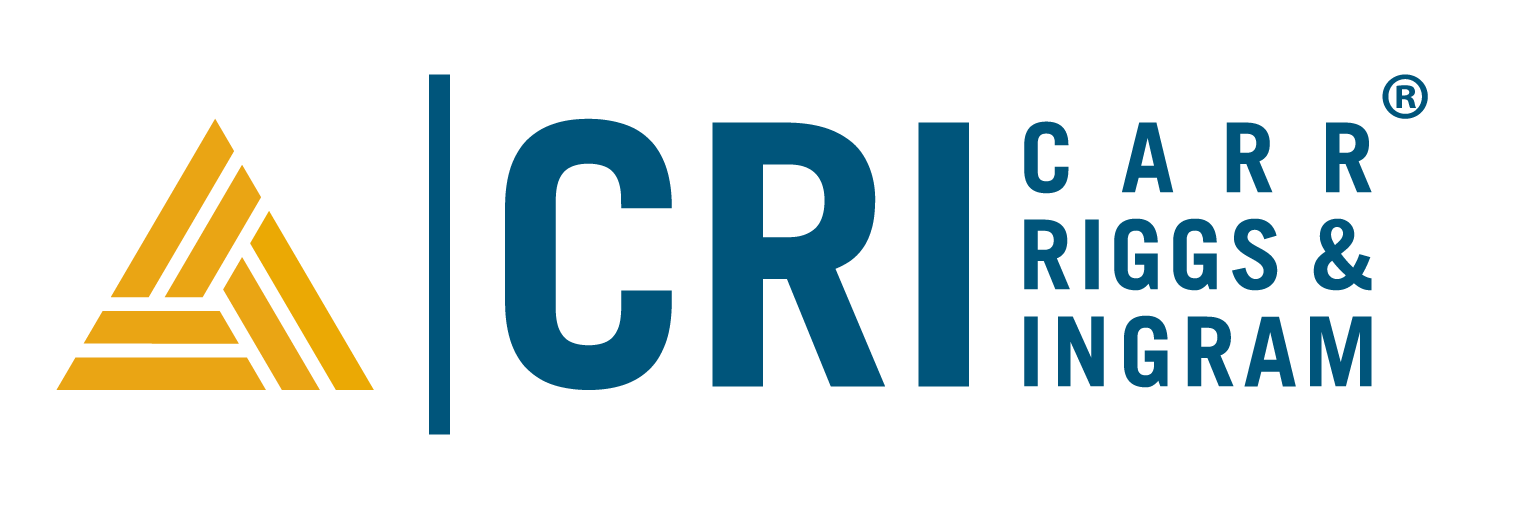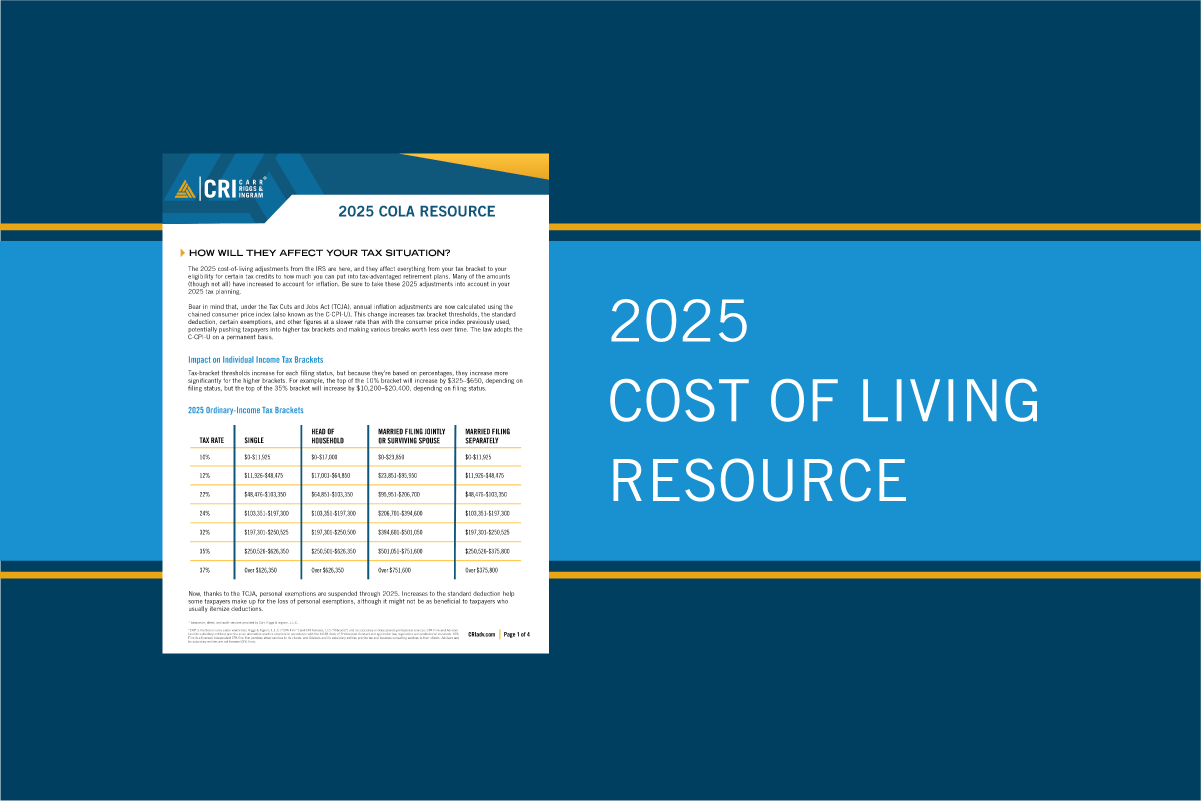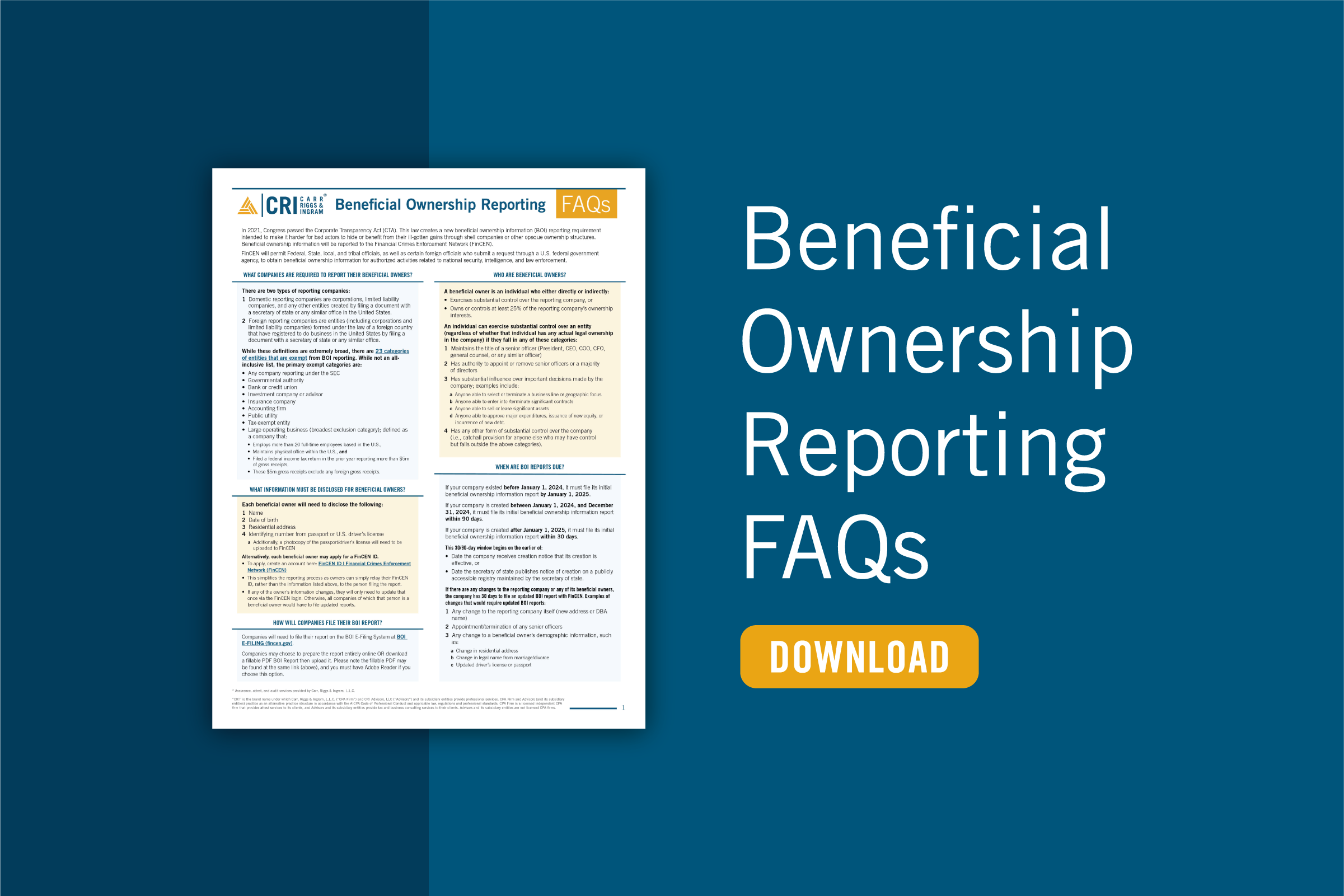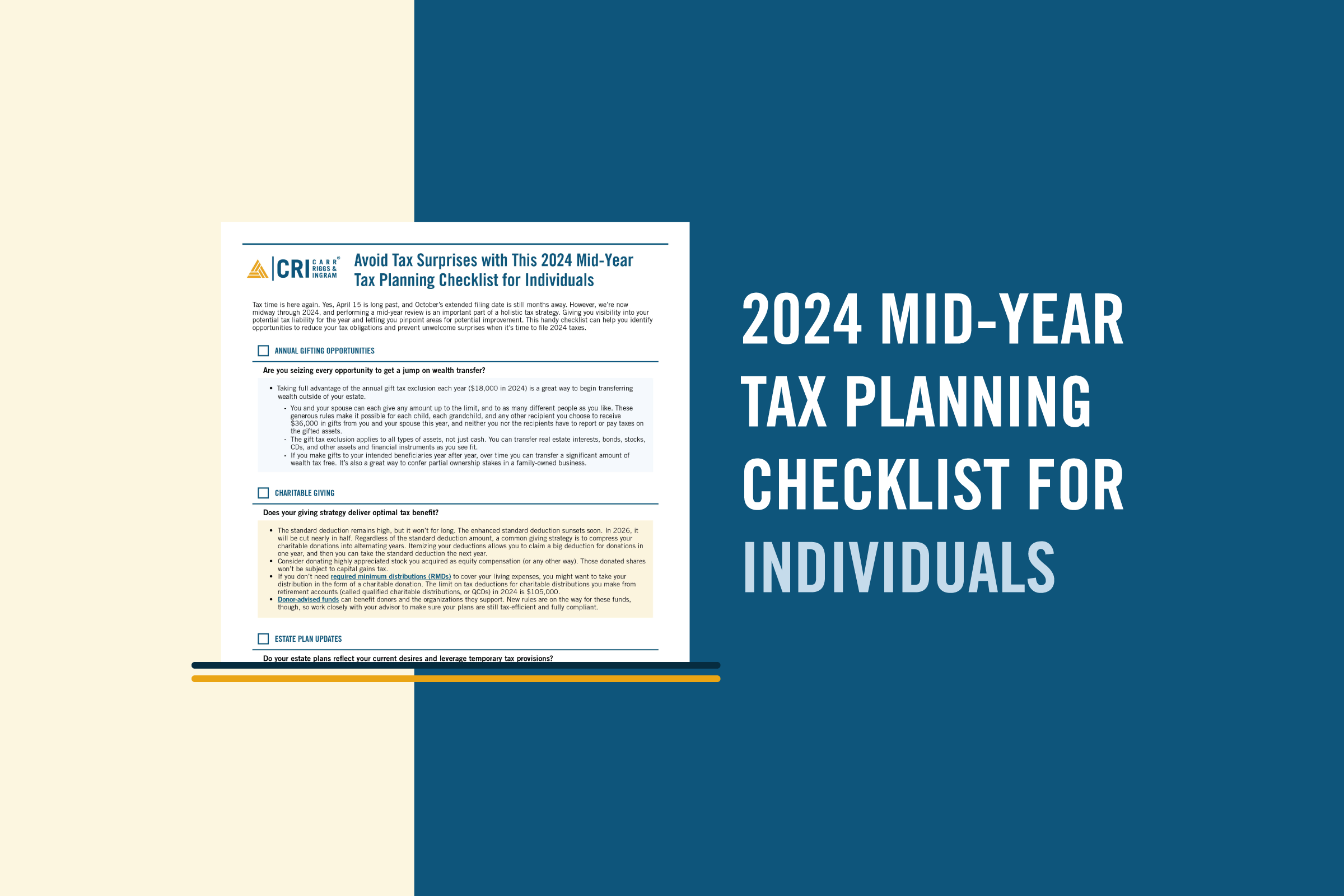The Evolution of the Bank Secrecy Act
- Contributors
- Chris Cain
- Doug Mims
Dec 3, 2018
The Bank Secrecy Act (or “BSA”) has long been part of the regulatory landscape as a fundamental component of the safety and soundness process. In fact, most professionals who currently work for or with financial institutions do not recall when BSA was not a critical component of the financial institution regulatory infrastructure. As such, the 48 plus year timeline of the Bank Secrecy Act makes for a relevant and informative history lesson.
The Foreign Bank Secrecy Act of 1970 was signed in to law with the following Declaration of Purpose:
“It is the purpose of this subchapter to require certain reports or records where they have a high degree of usefulness in criminal, tax or regulatory investigations or proceedings, or in the conduct of intelligence or counterintelligence activities, including analysis, to protect against international terrorism.”
In 1986, the Money Laundering Control Act (MLCA) made money laundering a crime for both individuals and financial institutions. As a result of MLCA, financial institution regulatory bodies developed and implemented BSA/Anti-Money Laundering (AML) program requirements for the institutions they regulated.
The Annunzio-Wylie Anti-Money Laundering Act of 1992 resulted in the birth of the Suspicious Activity Requirement (SAR) and the creation of the Financial Crimes Enforcement Network (FinCEN). While FinCEN’s initial role has evolved, today the agency operates under the following Mission Statement:
“The mission of the Financial Crimes Enforcement Network is to safeguard the financial system from illicit use and combat money laundering and promote national security through the collection, analysis, and dissemination of financial intelligence and strategic use of financial authorities.”
FinCEN is also responsible for and thereby delegates the examination of financial institutions to the Federal Financial Institutions Examination Council (FFIEC), whose members include the Board of Governors of the Federal Reserve Bank (FRB), the Federal Deposit Insurance Corporation (FDIC), the National Credit Union Administration (NCUA) and the Office of the Comptroller of the Currency (OCC).
The events of September 11, 2001, ultimately gave rise to the USA Patriot Act, which resulted in significant amendments to the Bank Secrecy Act. The provisions of the Patriot Act represented sweeping changes in existing BSA requirements and identified a variety of entities and industries (beyond traditional financial institutions) that would be subject to the conditions.
Subsequent to the Patriot Act and the associated laws which resulted from it, the FFIEC BSA/AML Examination Manual was initially published in 2004. The Manual has since served as the primary guidance for financial institution regulators in conducting examinations and has been amended several times since the original version. Also in 2004, FinCEN and the Office of Financial Asset Control (OFAC) became part of the Office of Terrorism and Financial Intelligence of the United States Department of the Treasury.
While there has been no recent significant legislation related to BSA, the BSA/AML regulatory landscape has continued to evolve. Customer Due Diligence requirements were enhanced during 2018 related to identifying the beneficial owners of accounts and regulatory expectations of financial institutions remain high. Continued advances in technology along with growing expectations of BSA/AML program “effectiveness” will no doubt continue to make for a dynamic environment as the Bank Secrecy Act approaches 50.
The Bank Secrecy Act and Anti-Money Laundering Compliance continues to be a focal point for financial institution regulatory bodies and represents an ongoing challenge for institutions, both large and small. The CRI team includes seasoned auditors*, former BSA compliance professionals, Certified Anti-Money Laundering Specialists (CAMS), Information Technology specialists, and those formerly employed with regulatory authorities. Collectively, we provide value-added BSA compliance services to financial institutions of all sizes, designed to not only meet expectations in the current environment but to anticipate the challenges ahead.










































































































































































































































































































































































































































































